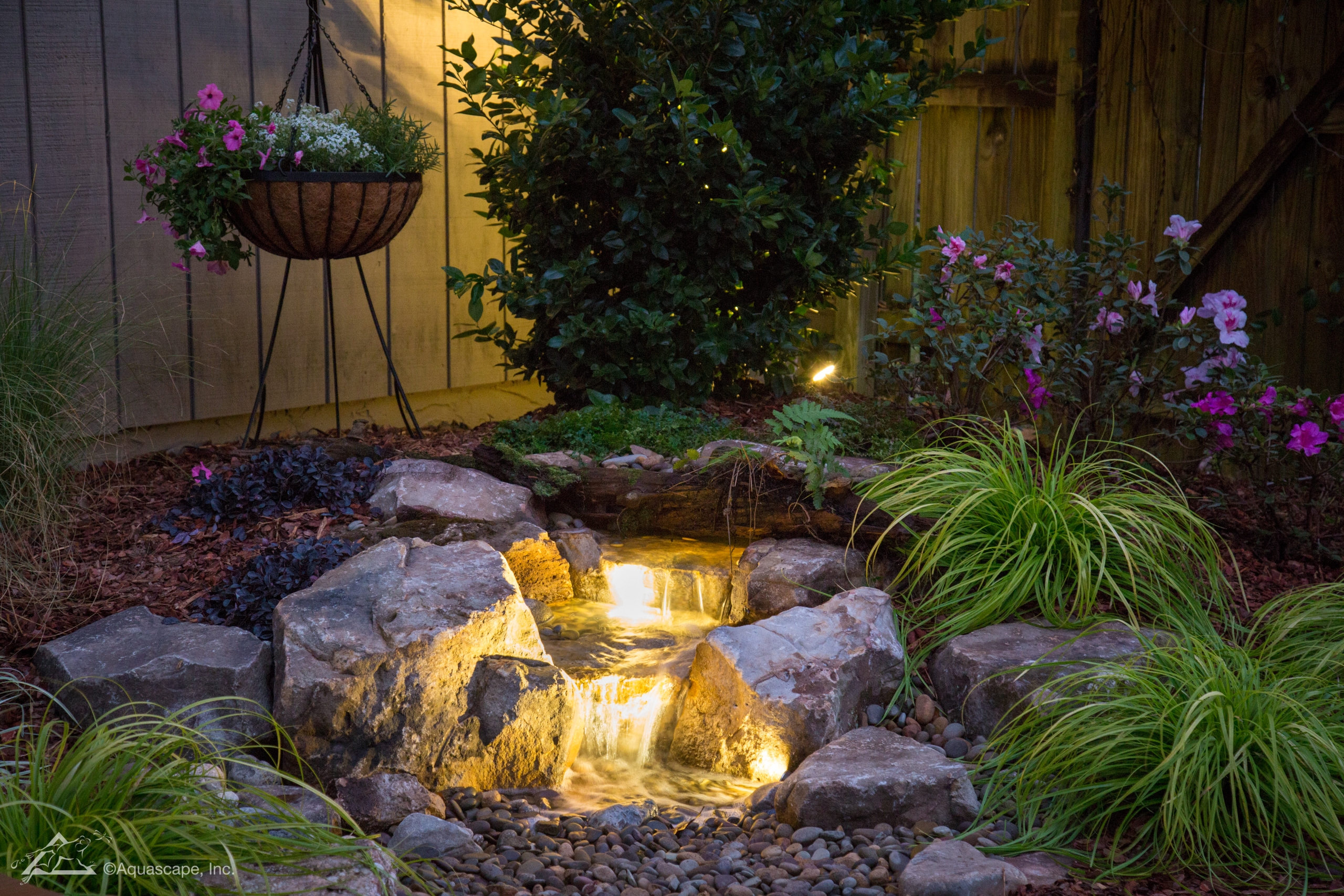[av_heading heading=’How Do Pondless Waterfalls Work?’ tag=’h1′ link_apply=” link=’manually,http://’ link_target=” style=’blockquote modern-quote modern-centered’ size=” subheading_active=” subheading_size=’15’ margin=” margin_sync=’true’ padding=’10’ color=” custom_font=” av-medium-font-size-title=” av-small-font-size-title=” av-mini-font-size-title=” av-medium-font-size=” av-small-font-size=” av-mini-font-size=” av_uid=’av-l4mve7hy’ custom_class=” admin_preview_bg=”][/av_heading]
[av_hr class=’short’ height=’50’ shadow=’no-shadow’ position=’center’ custom_border=’av-border-thin’ custom_width=’50px’ custom_border_color=” custom_margin_top=’30px’ custom_margin_bottom=’30px’ icon_select=’yes’ custom_icon_color=” icon=’ue808′ font=’entypo-fontello’ av_uid=’av-l4mvev5f’ custom_class=” admin_preview_bg=”]
[av_textblock size=” font_color=” color=” av-medium-font-size=” av-small-font-size=” av-mini-font-size=” av_uid=’av-l4mvcw3s’ custom_class=” admin_preview_bg=”]
Pondless waterfalls are a type of waterfall that does not require a pond. They are typically composed of a hidden reservoir, pump, and tubing that recirculates the water. Pondless waterfalls can be customized to fit any landscape, and they are a great way to add the sound and beauty of flowing water to your property without the maintenance or safety concerns associated with traditional ponds.
[/av_textblock]
[av_heading heading=’Pondless Waterfall Design Ideas’ tag=’h1′ link_apply=” link=’manually,http://’ link_target=” style=’blockquote modern-quote modern-centered’ size=” subheading_active=” subheading_size=’15’ margin=” margin_sync=’true’ padding=’10’ color=” custom_font=” av-medium-font-size-title=” av-small-font-size-title=” av-mini-font-size-title=” av-medium-font-size=” av-small-font-size=” av-mini-font-size=” av_uid=’av-l4mve7hy’ custom_class=” admin_preview_bg=”][/av_heading]
[av_textblock size=” font_color=” color=” av-medium-font-size=” av-small-font-size=” av-mini-font-size=” av_uid=’av-l4mvcw3s’ custom_class=” admin_preview_bg=”]
If you’re considering adding a pondless waterfall to your landscape, here are 10 pondless waterfall design ideas to get you started:
[/av_textblock]
[av_textblock size=” font_color=” color=” av-medium-font-size=” av-small-font-size=” av-mini-font-size=” av_uid=’av-l4mvcw3s’ custom_class=” admin_preview_bg=”]
1. Incorporate rocks and boulders
Rocks and boulders are a classic choice for pondless waterfalls, and for good reason. They create a natural look and can be used to disguise the hidden reservoir. Just make sure to use rocks that are appropriate for your climate and that won’t degrade over time.
2. Use gravel or sand
Gravel or sand can To get started, simply excavate an area for your reservoir, line it with gravel or sand, and then fill it with water. You can then use rocks and plants to create your desired effect.
3. Create a spillway
A spillway is a great way to create an interesting visual effect and also extend the use of your pondless waterfall. A spillway allows water to flow over rocks or other features, and can be used to create different looks. Just make sure to consult with a professional before making any changes to ensure that your pondless waterfall will function properly.
4. Use plants to add interest
Incorporating plants into your pondless waterfall design is a great way to add color and interest. Choose plants that are appropriate for your climate and that will thrive in the environment you’re creating. You can also use plants to help disguise the reservoir, or to add additional filtration to the system.
5. Add lighting
Adding lighting to your pondless waterfall is a great way to extend its use into the evening hours. You can use submersible lights to create a dramatic effect, or solar lights for a more natural look. Just be sure to consult with a professional before making any changes to ensure that your pondless waterfall will function properly.
6. Consider placement
The placement of your pondless waterfall can have a big impact on its overall look and feel. Think about where you want the eye to be drawn when looking at your landscape, and place your waterfall accordingly. You can also use placement to create different effects, such as a longer or shorter waterfall, or a waterfall that flows into a nearby pond or stream.
7. Use different materials
There are a variety of materials you can use to create your pondless waterfall, including rocks, gravel, sand, and even concrete. Experiment with different materials to find the look that best fits your landscape. Just be sure to use materials that are appropriate for your climate and that won’t degrade over time.
8. Think about maintenance
Pondless waterfalls are a low-maintenance option, but there are still some things you’ll need to do to keep them functioning properly. Be sure to choose a location that’s accessible for cleaning and maintenance, and consider using an automatic shut-off valve to make things easier. You should also have a plan in place for dealing with any clogs or leaks that may occur.
9. Incorporate a pre-formed liner
If you’re not comfortable working with rocks or concrete, a pre-formed liner is a great option for creating your pondless waterfall. Liners are available in a variety of shapes and sizes, and can be used to create virtually any type of waterfall you desire. Just be sure to choose a liner that’s made from durable material that’s appropriate for your climate.
10. Work with a professional
If you’re not sure where to start, or if you want to be sure your pondless waterfall is built properly, working with a professional can give you the peace of mind you need. A professional can help you choose the right materials, design a system that will work for your landscape, and even install the waterfall for you!
[/av_textblock]
[av_one_full first min_height=” vertical_alignment=” space=” custom_margin=” margin=’0px’ link=” linktarget=” link_hover=” padding=’0px’ border=” border_color=” radius=’0px’ background=’bg_color’ background_color=” background_gradient_color1=” background_gradient_color2=” background_gradient_direction=’vertical’ src=” background_position=’top left’ background_repeat=’no-repeat’ animation=” mobile_breaking=” mobile_display=” av_uid=’av-10y8z8n’]
[av_textblock size=” font_color=” color=” av-medium-font-size=” av-small-font-size=” av-mini-font-size=” av_uid=’av-108iu6v’ custom_class=” admin_preview_bg=”]
Thanks for reading at Meyer Aquascapes! We hope you’ve enjoyed our post on garden pond design. Please leave a comment below if you liked it or have any questions. We’d love to hear from you! Thanks for stopping by!
[/av_textblock]
[/av_one_full]
[av_hr class=’short’ height=’50’ shadow=’no-shadow’ position=’center’ custom_border=’av-border-thin’ custom_width=’50px’ custom_border_color=” custom_margin_top=’30px’ custom_margin_bottom=’30px’ icon_select=’yes’ custom_icon_color=” icon=’ue808′ font=’entypo-fontello’ av_uid=’av-4bnqpz’ admin_preview_bg=”]
[av_heading heading=’How can we help?’ tag=’h1′ link_apply=” link=” link_target=” style=’blockquote modern-quote modern-centered’ size=” subheading_active=” subheading_size=’15’ margin=” padding=’10’ color=” custom_font=” custom_class=” admin_preview_bg=” av-desktop-hide=” av-medium-hide=” av-small-hide=” av-mini-hide=” av-medium-font-size-title=” av-small-font-size-title=” av-mini-font-size-title=” av-medium-font-size=” av-small-font-size=” av-mini-font-size=”][/av_heading]
[av_textblock size=” font_color=” color=” av-desktop-hide=” av-medium-hide=” av-small-hide=” av-mini-hide=” av-medium-font-size=” av-small-font-size=” av-mini-font-size=” av_uid=’av-334avi’]
[/av_textblock]

